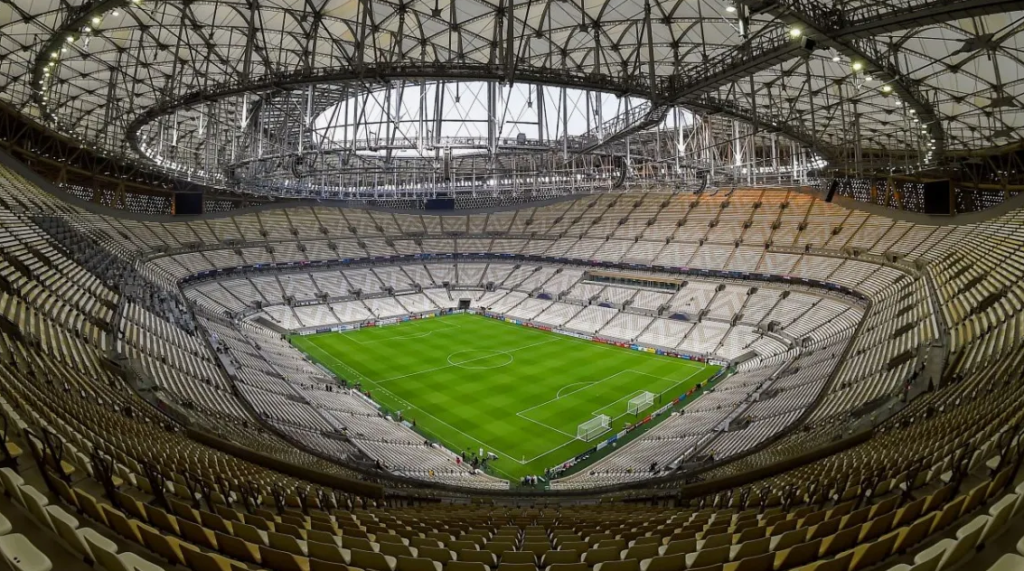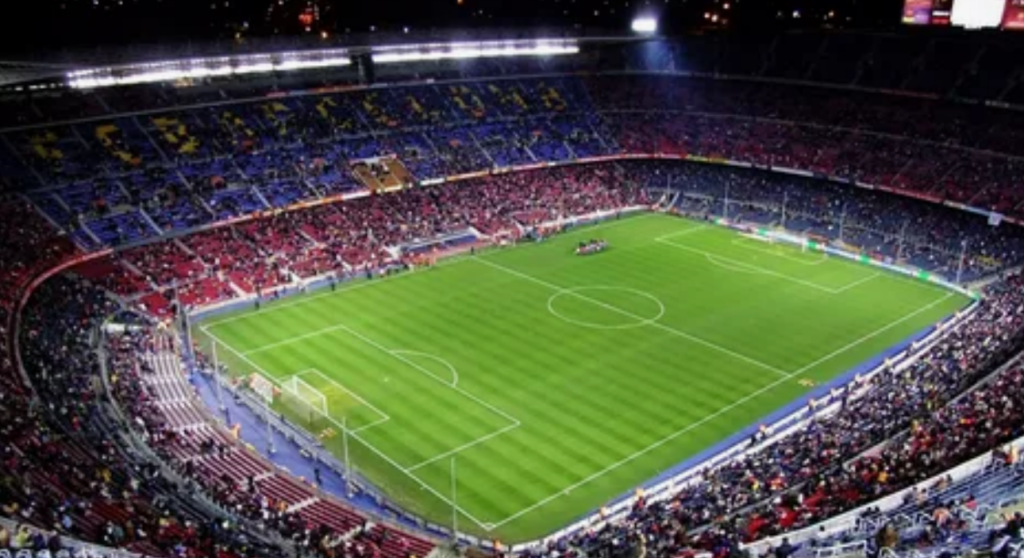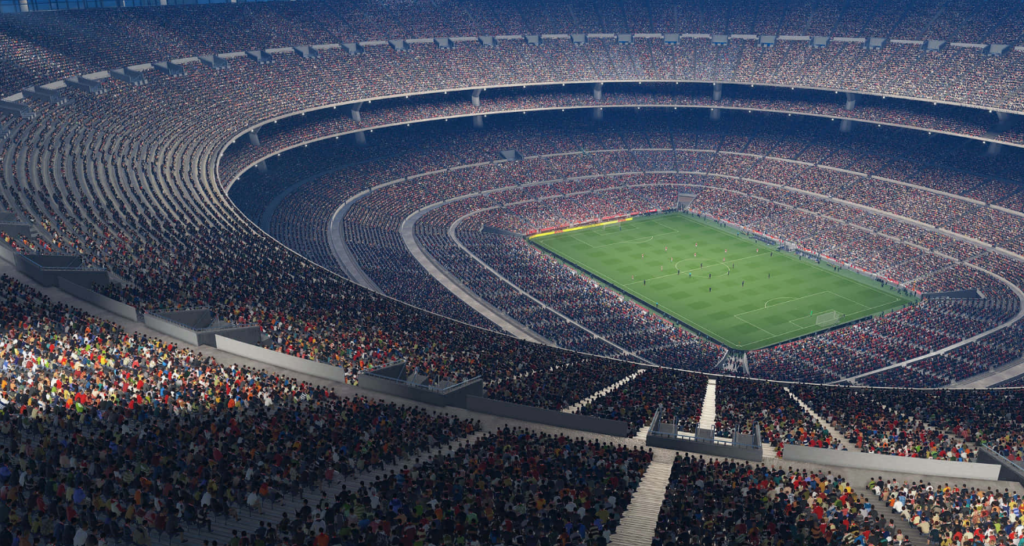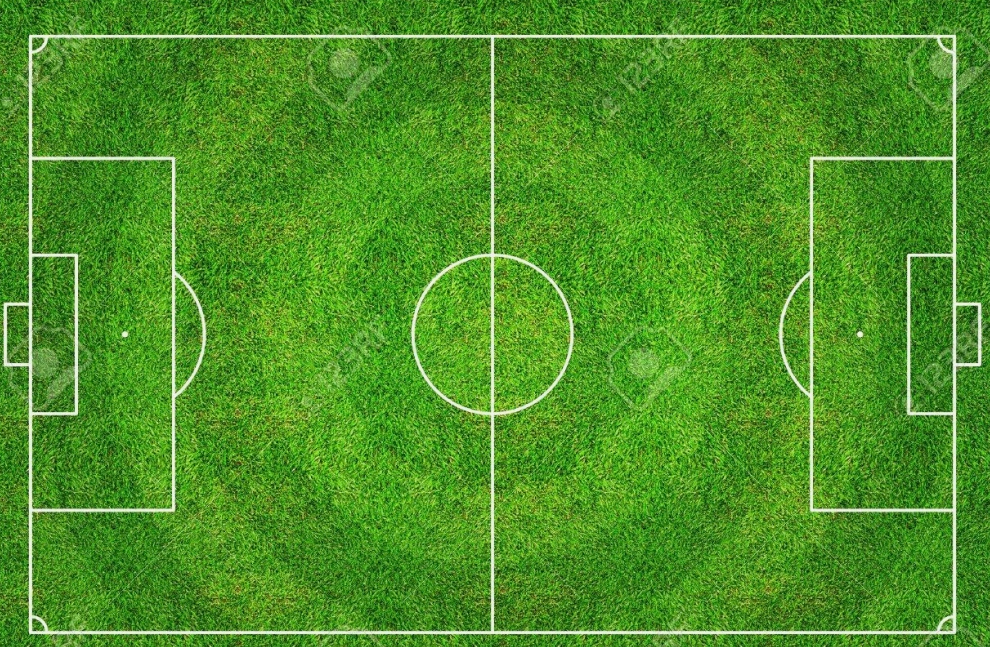The standard size of a professional soccer field is 100-130 yards long and 50-100 yards wide. Professional soccer fields adhere to specific dimensions set by FIFA and may vary slightly depending on regulations and guidelines. Professional soccer fields, such as those used in FIFA competitions, adhere to specific dimensions set by the governing body. These fields typically measure between 100 and 130 yards in length and 50 to 100 yards in width. The precise measurements ensure consistency and fairness in the game.
Understanding the size of a professional soccer field is essential for players, coaches, and fans to appreciate the scale and dynamics of the game. Additionally, knowing the field dimensions can help in strategic planning and understanding the rules and regulations of the sport. Let’s delve deeper into the significance of professional soccer field size and its impact on the game.
Professional Soccer Field Size

History of Soccer Field Size
Soccer field size has evolved to meet professional standards. The current dimensions, set by FIFA, range from 100-130 yards in length and 50-100 yards in width. These regulations ensure consistency and fairness in professional soccer matches worldwide.
Early Development- Professional Soccer Field Size
In the early days, soccer field size in meters varied greatly, with matches played on any available open space.
There were no standardized regulations, leading to inconsistencies in field dimensions.
Standardization- Professional Soccer Field Size
Over time, the need for consistency in soccer field size became apparent.
FIFA took the initiative to establish official guidelines for field dimensions to ensure fairness and uniformity.
High School Soccer Field Dimensions In Feet
High school soccer fields have specific dimensions that adhere to regulations ensuring a fair and competitive playing field. The dimensions of a high school soccer field are crucial for both the safety and enjoyment of the players. Understanding the exact measurements is essential for schools and organizations to provide an optimal playing environment for student-athletes.
Fifa Guidelines
FIFA, the international governing body of soccer, provides specific guidelines for soccer field dimensions. According to FIFA regulations, the length of a soccer field should be between 100 and 130 yards, while the width should be between 50 and 100 yards. These guidelines ensure uniformity and standardization across soccer fields worldwide.
Variations In Size
Despite FIFA’s guidelines, variations in field size can occur, particularly at the high school level. Some high school soccer fields may be slightly smaller than the FIFA standard due to space constraints or other logistical considerations. High schools need to be aware of these variations and ensure that their fields meet the minimum size requirements set forth by FIFA to maintain the integrity of the game.
Key Measurements High School Soccer Field Dimensions
The dimensions of a professional soccer field are standardized, with a length ranging from 100 to 130 yards and a width between 50 to 100 yards. In high school soccer, the field size typically falls within these measurements to ensure a consistent playing experience.
Length And Width
The dimensions of a soccer field can vary depending on the level of play. However, FIFA soccer field dimensions are set at a minimum of 100 yards in length and 50 yards in width. High school soccer field dimensions can be slightly smaller, with a length of 100-120 yards and a width of 50-80 yards.
Goal Area And Penalty Area
The goal area, also known as the six-yard box, is a rectangular box that extends six yards from the goal line and is 20 yards wide. The penalty area, also known as the 18-yard box, is a larger rectangular box that extends 18 yards from the goal line and is 44 yards wide.
Field Marking
The soccer field is marked with different lines, including the halfway line, which divides the field into two halves, and the center circle, which has a radius of 10 yards and surrounds the center spot. The corner arc is a quarter circle with a radius of one yard that is used to mark the area where corner kicks are taken. Overall, understanding the key measurements of a soccer field, including the length and width, goal area, penalty area, and field marking, is crucial for players and coaches alike. Whether you are playing on a professional football field-sized in meters or a smaller high school soccer field, knowing the dimensions and markings will help you play your best game.
Impact on Gameplay
Professional soccer field size has a significant impact on the gameplay, influencing the speed, tactics, and player positions on the field. Understanding the dimensions of the soccer field is crucial for players and coaches to strategize effectively and adapt their gameplay accordingly.
Speed and Tactics
The size of the soccer field directly affects the speed of the game and the tactical approach of teams. A larger field allows for more open space, encouraging teams to utilize speed and long passes to exploit gaps in the opponent’s defense. On the other hand, a smaller field promotes a quicker and more compact style of play, emphasizing short, precise passes and swift transitions between defense and attack.
Player Positions
The dimensions of the soccer field also dictate the positioning of players during a match. In a larger field, players have to cover more ground, requiring greater endurance and strategic positioning to maintain defensive solidity and exploit offensive opportunities. Conversely, a smaller field necessitates tighter marking and quicker decision-making, with players often positioned closer to each other, leading to more intense physical battles and quick transitions between attack and defense.

Maintenance and Turf Quality
Ensuring proper maintenance and high-quality turf is crucial for professional soccer field size measurements. The condition of the grass can significantly impact the game.
Grass Types
- Bermuda grass
- Ryegrass
- Zoysia grass
Pitch Preparation
- Regular mowing
- Appropriate watering
- Aeration and overseeding
Comparative Analysis
The size of a professional soccer field plays a crucial role in the dynamics of the game. Understanding the dimensions and variations across different leagues and countries provides valuable insights for players, coaches, and fans alike.
Other Sports Fields
When comparing professional soccer field sizes to other sports fields, it’s evident that soccer fields are generally larger than fields used in sports like basketball, tennis, or volleyball. The vast expanse of a soccer field allows for dynamic gameplay and strategic maneuvers.
International Differences
In international soccer, there are variations in field sizes based on regional preferences and historical traditions. For example, European soccer fields tend to be slightly smaller compared to fields in South America or Africa. These differences can impact playing styles and tactical approaches.
Evolution of Field Size
In the history of soccer, the dimensions of the soccer field have undergone significant changes. The evolution of field size has been influenced by various factors including the development of player skills, tactical strategies, and the need for standardization in professional soccer. Understanding the evolution of field size provides insights into how the game has adapted and evolved.
Modern Trends
Modern soccer fields have seen a trend towards larger dimensions, reflecting the emphasis on dynamic and expansive gameplay. This shift is evident in the football field size in meters, which has increased to accommodate the technical and physical abilities of modern players. The larger field size allows for more strategic positioning and movement, enabling teams to implement diverse playing styles and tactics.
Adaptation To Player Skills
The evolution of field size aligns with the progression of player skills and athleticism. With the professional soccer field size measurements expanding, players are required to cover more ground, showcasing their endurance and agility. The increased dimensions also demand enhanced spatial awareness and decision-making, contributing to the overall development of player capabilities.
Future Considerations
Discover the future considerations in professional soccer field size, crucial for optimizing gameplay and player performance. Understanding the dimensions and markings of a soccer field is essential to ensure fair play and adherence to regulations. Stay informed about the latest field size standards to enhance the soccer experience for athletes and spectators alike.
Technological Innovations
With the advancement of technology, there have been significant improvements in soccer field design and maintenance. The use of artificial turf in professional soccer fields has become increasingly popular due to its durability and the ability to withstand harsh weather conditions. Additionally, the use of GPS technology in soccer shoes and ball tracking systems has revolutionized the game, enabling coaches to analyze player performance and optimize team strategy. In the future, technological innovations will likely continue to shape the design and maintenance of professional soccer fields.

Environmental Factors
Environmental factors play a significant role in the design and maintenance of professional soccer fields. For instance, the type of grass used in a soccer field must be able to withstand the local climate, including temperature, humidity, and rainfall. The availability of water is also a critical factor to consider, as soccer fields require frequent watering to maintain the grass’s health. In the future, environmental considerations will likely become increasingly important, given the growing concern over climate change and water scarcity. In conclusion, the future of professional soccer field design and maintenance will be shaped by technological innovations and environmental factors. Soccer clubs and organizations must consider these factors when designing and maintaining soccer fields to ensure they remain competitive and sustainable.
Conclusion
Understanding the dimensions of a professional soccer field is crucial for players and fans alike. The size of the field impacts gameplay and strategy, making it essential to know the specifics. By grasping these measurements, one can appreciate the intricacies of the beautiful game even more.



